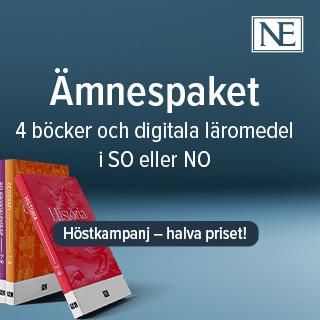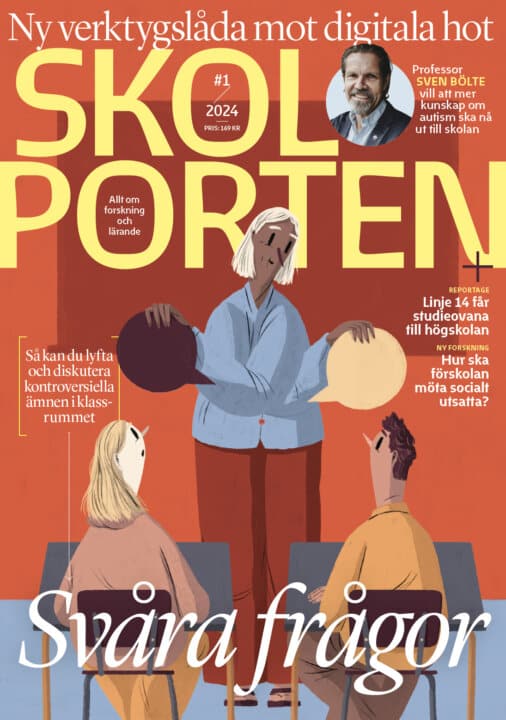Interrogative clauses and verb morphology in L2 swedish: theoretical interpretations of grammatical development and effects of different elicitation techniques
Det är mer som förenar andraspråksinlärare oavsett vilket språk det är som skiljer dem åt, säger forskaren Anders Philipsson. Det första språket påverkar inte inlärningsgången i någon stor utsträckning, det verkar vara mer allmänna inlärningsprinciper som gäller.
Anders Philipsson
Professor Kenneth Hyltenstam, Stockholms universitet
Professor Roger Källström
SU – Stockholms universitet
2007-06-07
Interrogative clauses and verb morphology in L2 swedish: theoretical interpretations of grammatical development and effects of different elicitation techniques
Centrum för tvåspråkighetsforskning
Abstrakt
I denna avhandling undersöks bruket av direkta och indirekta frågor samt verbmorfologi hos inlärare av svenska som andraspråk. Informanterna är 36 ungdomar i gymnasieåldern som befinner sig på olika behärskningsnivåer av svenska och som representerar tre olika modersmålsgrupper: irakisk arabiska, persiska och somali. Resultaten tyder på att det föreligger implikationella förhållanden beträffande den ordning i vilken de undersökta strukturerna tillägnas samt att förstaspråket har en underordnad betydelse för andraspråkets grammatik, åtminstone för de strukturer som är i fokus i studien. Prediktioner som ställts på grundval av Eckmans markerings-skillnadshypotes och Pienemanns processbarhetsteori finner i stor utsträckning stöd i materialet. Olika slags metoder har använts för att samla in data, och jämförelser mellan dessa ger vid handen att skriftlig och muntlig produktion ger tämligen samstämmiga resultat medan grammatikalitetsbedömningstest ger avvikande och mera svårtolkade resultat.
Interrogative clauses and verb morphology in L2 swedish: theoretical interpretations of grammatical development and effects of different elicitation techniques
This dissertation examines direct and subordinate questions, as well as verb morphology in L2 Swedish, from a developmental perspective. The study is cross-sectional, containing data from Iraqi Arabic, Persian and Somali adolescent learners representing three different levels of proficiency. The data are analysed on the basis of two theories: The Markedness Differential Hypothesis and Processability Theory. Data elicited through four different techniques are examined with the aim of examining the possible impact of different data types on the results. The different elicitation techniques used in the study are: oral production, written production, grammaticality judgement and a receptive skills task. Two of the elicitation techniques, written production and grammaticality judgement, include all three structures in focus in the study, whilst the oral production and the receptive task is centred on direct questions.
The results suggest that there are implicational relationships regarding the order in which the grammatical structures are acquired. On the whole, predictions based on the two theories used as a basis for the analyses find support in the material. Having a wide scope for predictions at the morpho-syntactical level, the results meet the claims in particular of Processability Theory. The predictions and the results do not contrast the two theories with each other. A comparison of the different data types clearly indicates that the grammaticality judgement task substantially diverges from the other data types providing less consistent data and exhibiting trends that are in conflict with the data obtained through the three other elicitation techniques.
Relaterade länkar

Fritidshem
 Åk F–6
Åk F–6 Matematikångest
 Åk 4–Vux
Åk 4–Vux 






